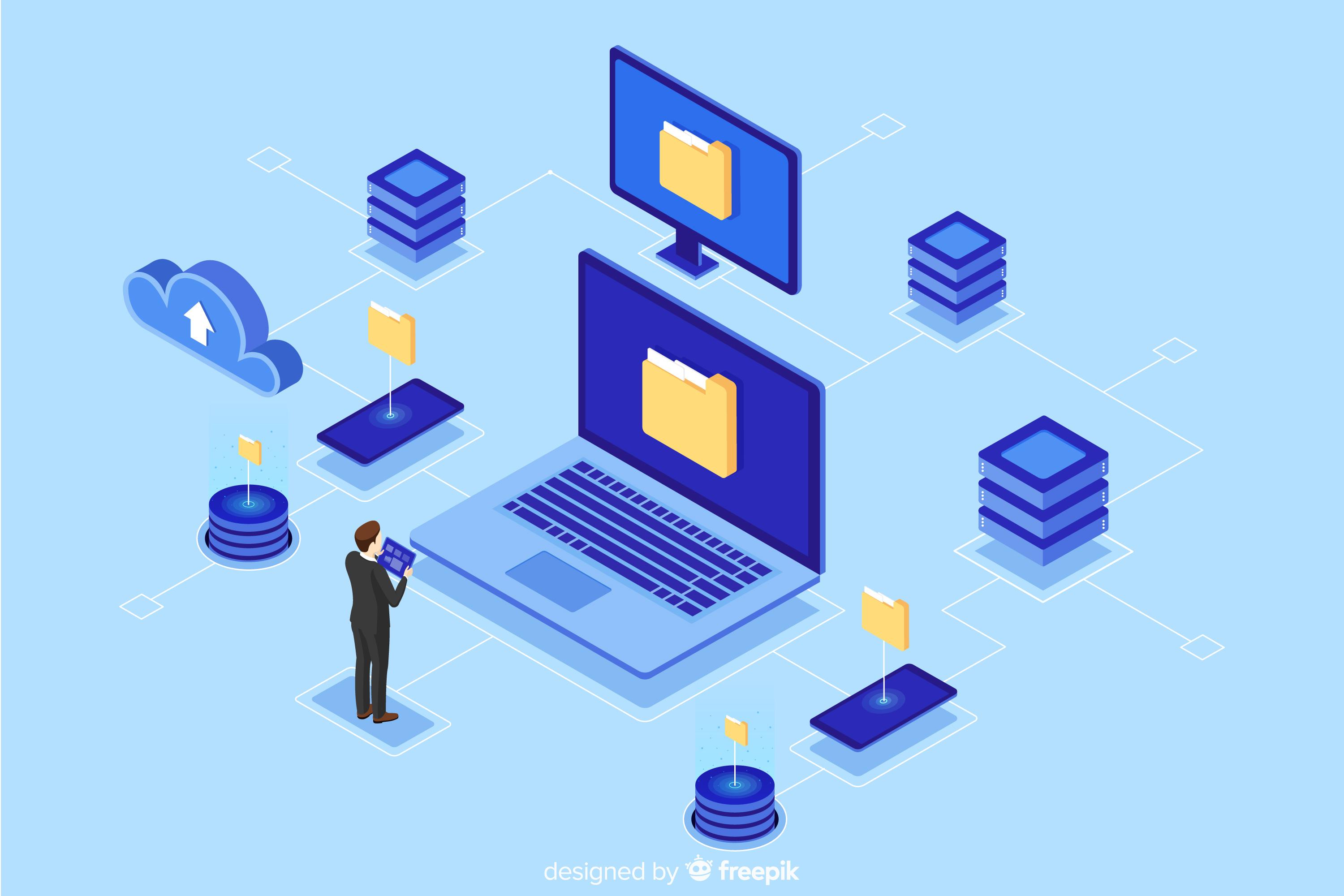In the digital age, establishing effective trading partnerships is crucial for growth and operational optimization. However, 53% of businesses struggle with integrating partners and 40% need over 30 days for onboarding. Electronic Data Interchange (EDI) is essential for transforming partner transactions, fostering strong alliances, expediting communication, and streamlining operations, thereby increasing productivity.
Supplier EDI Onboarding – The 7 Key Steps
Step 1: Establish the EDI requirements & Start The Process
Naturally, the first stage in any supplier onboarding endeavour is for your provider to pinpoint your particular needs. Following the agreement with your internal team, top edi providers will communicate with them to ascertain your needs. This entails talking about:
The document outlines the types of documents needed, such as invoices, orders, dispatch advice, inventory reports, sales data reports, and receiving advice messages. It also discusses the importance of providing specific data pieces and additional details, such as descriptions or best-before dates, in each message.
Step 2: Message Implementation Guide (MIG) creation
Your EDI solution providers will develop your message implementation guide (or MIG) after the fact-finding phase is finished. The success of this step in the EDI onboarding process depends on its completion. Managed EDI suppliers will text messages on your system, and your task is to review and suggest necessary changes.
Step 3: Establishing an online EDI platform
Web EDI can automate document interchange in your supply chain by linking suppliers with those lacking EDI capabilities. However, the range of message types and platform scope must align, as non-mainstream documents like SLSRPT, INVRPT, or RECADV may require a specific EDI provider.
Step 4: Set priorities and talk to your partners
After creating your MIG and Web EDI platform, partner onboarding should be prioritised by your EDI supplier. Prioritise the nearest or largest suppliers, and consult your EDI consultant for advice. Providers should discuss identifiers, capabilities, and preferred connection types with suppliers. Inform them of new message rules and ensure they understand the system's needs and how to produce legitimate outgoing documents.
Step 5: Validation and testing of message exchange
During the EDI testing and validation phase, suppliers receive papers from their EDI services provider and provide necessary information. Validation is crucial for resolving issues. Manual methods like comparing messages with MIG are laborious and error-prone. Semi-automatic validation using third-party software or integration program's built-in checks is recommended. Automated checks send error reports immediately.
Step 6: Launch the product
The connection can be launched if the supplier responds positively. A parallel phase may be necessary for smooth operation. Web EDI vendors can activate their accounts easily, and training may not be necessary if the portal is user-friendly.
Step 7: After the launch
Despite the EDI onboarding process ending with go-live, ongoing document exchange with partners requires supplier validation mapping checks to ensure message details meet MIG criteria and prevent inaccurate data transmission.
Ideally, your EDI provider will still manage the EDI connections for your company, serving as a point of contact for your suppliers (both web and classic EDI users) and taking proactive steps to fix problems and guarantee connections are operating as efficiently as possible. In this manner, you gain from less strain on internal teams, which saves time and money, as well as more dependable EDI.
EDI Onboarding Checklist
- Ensures Compliance
- Promotes a Smooth Transition
- Cuts Expenses and Mistakes
- Boosts Speed and Efficiency
- Enhances the Accuracy of Data
- Enhances Boundary Advantage
- Encourages More Robust Collaborations
Conclusion
Since every business has a unique set of circumstances, including size, structure, and internal or external platforms, every fast-track EDI onboarding solution should also be unique.By managing the most difficult and time-consuming activities, an EDI solution providers may assist you with quick EDI onboarding. This will free up the time and resources of your IT department, ultimately saving you both money and time.
For more details: https://www.a3logics.com/blog/edi-onboarding-success/

